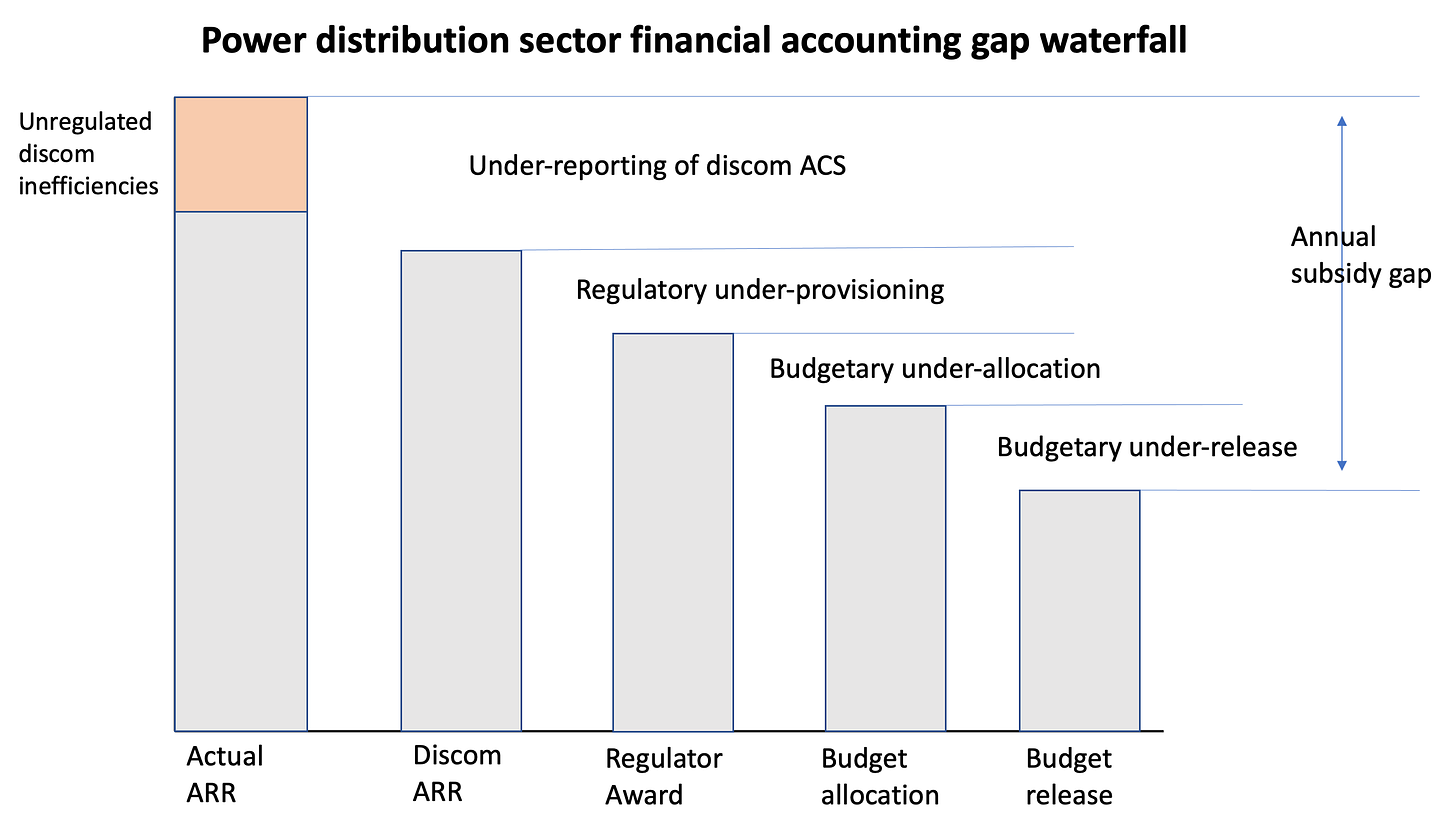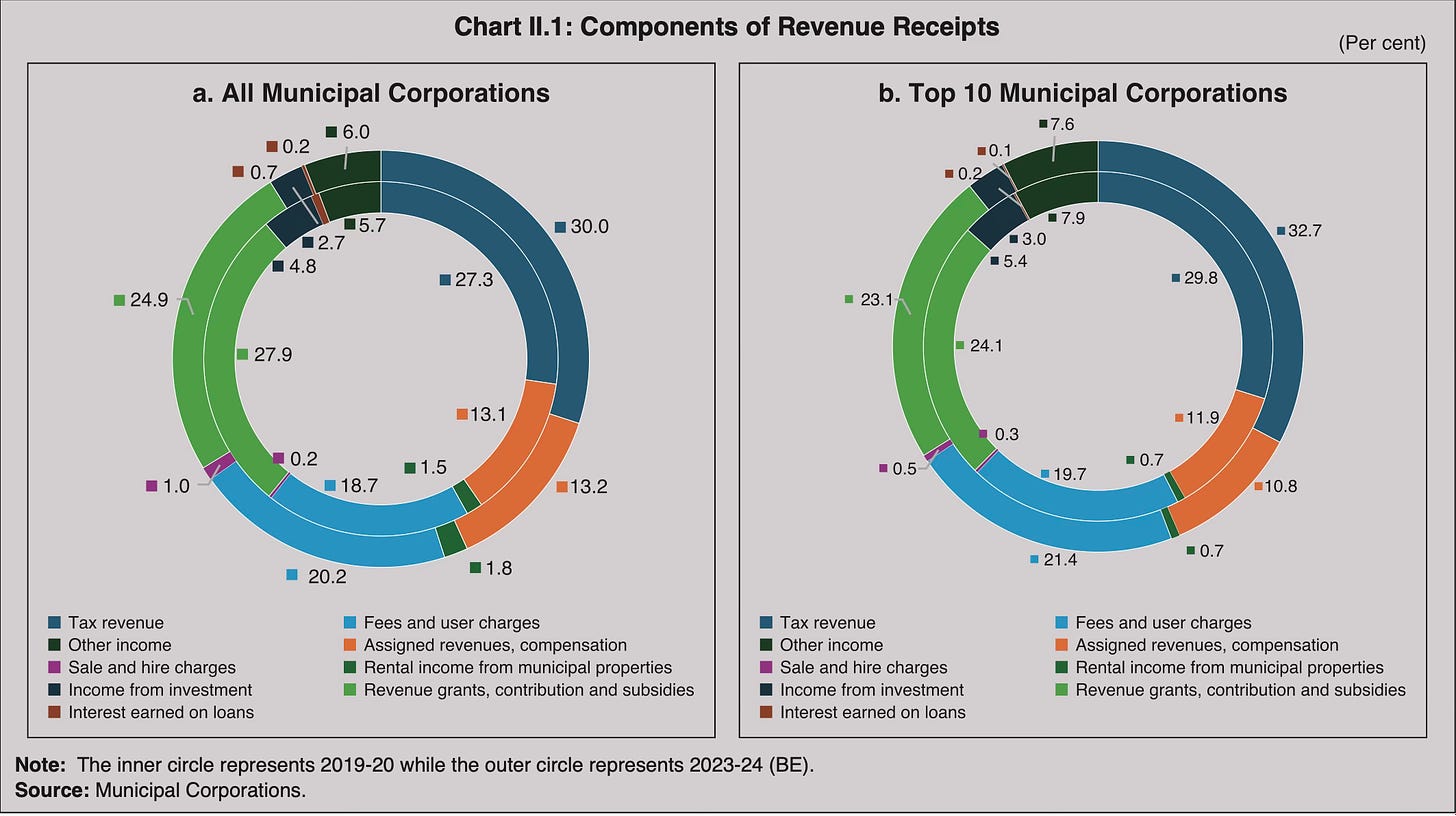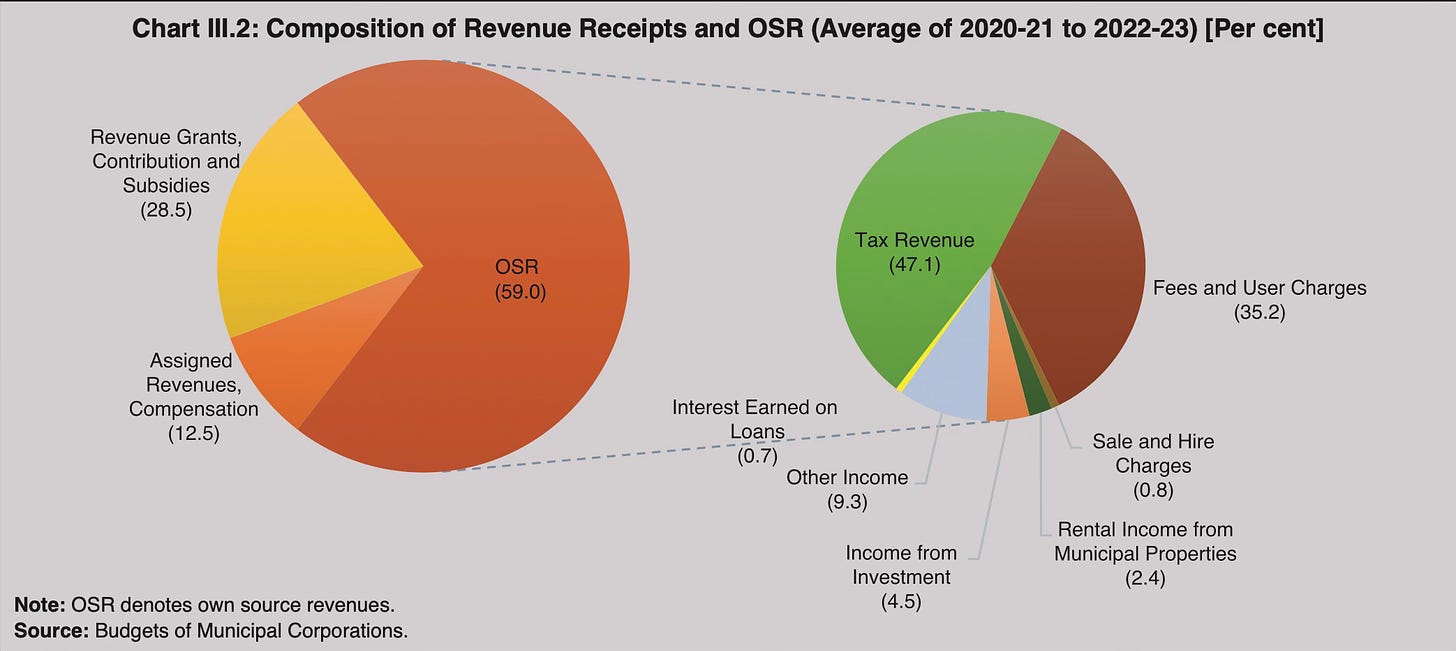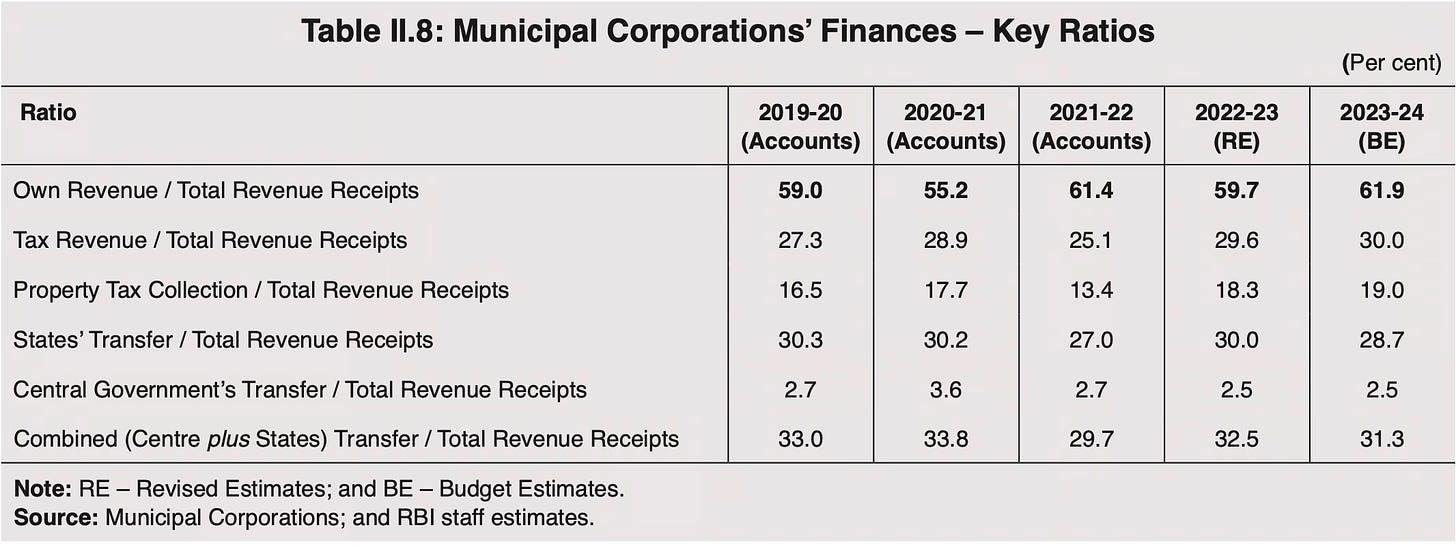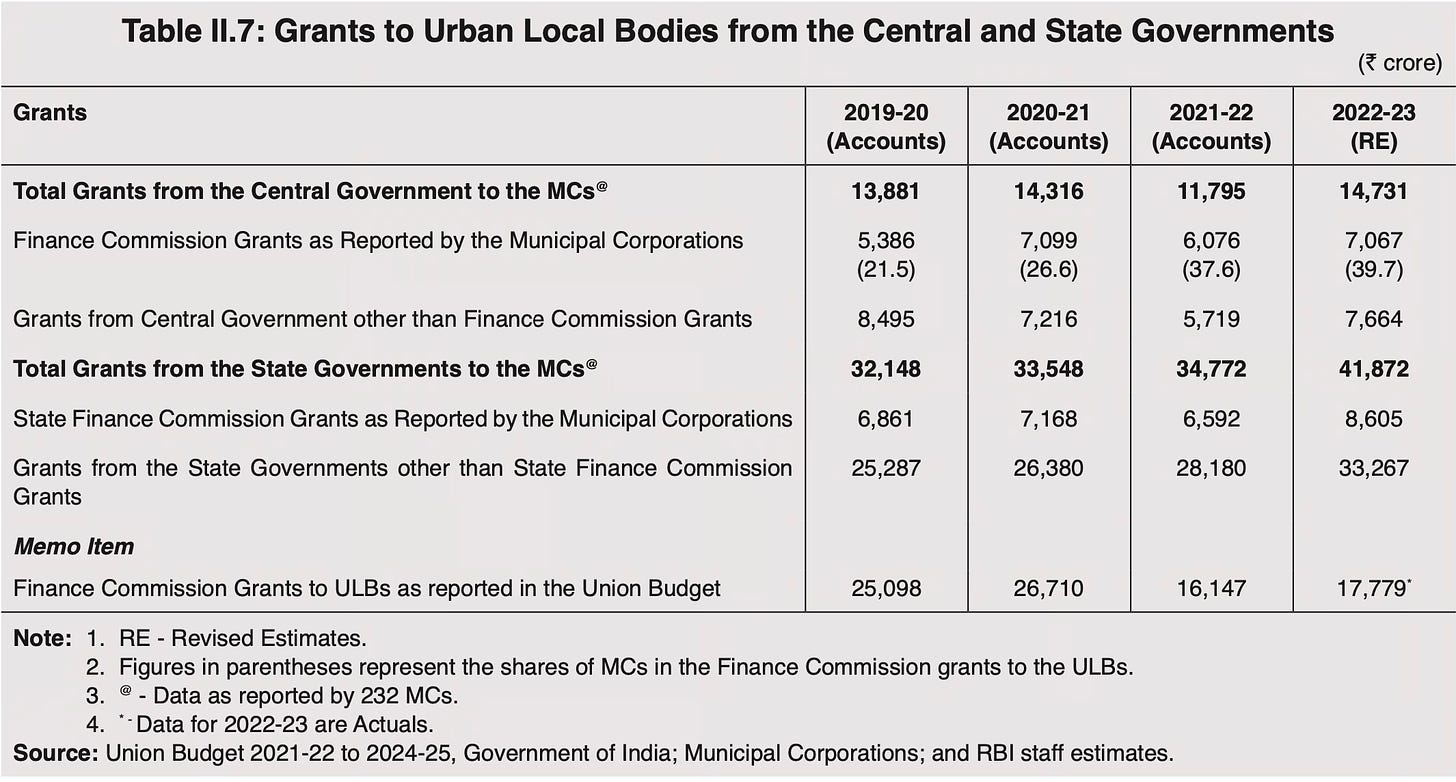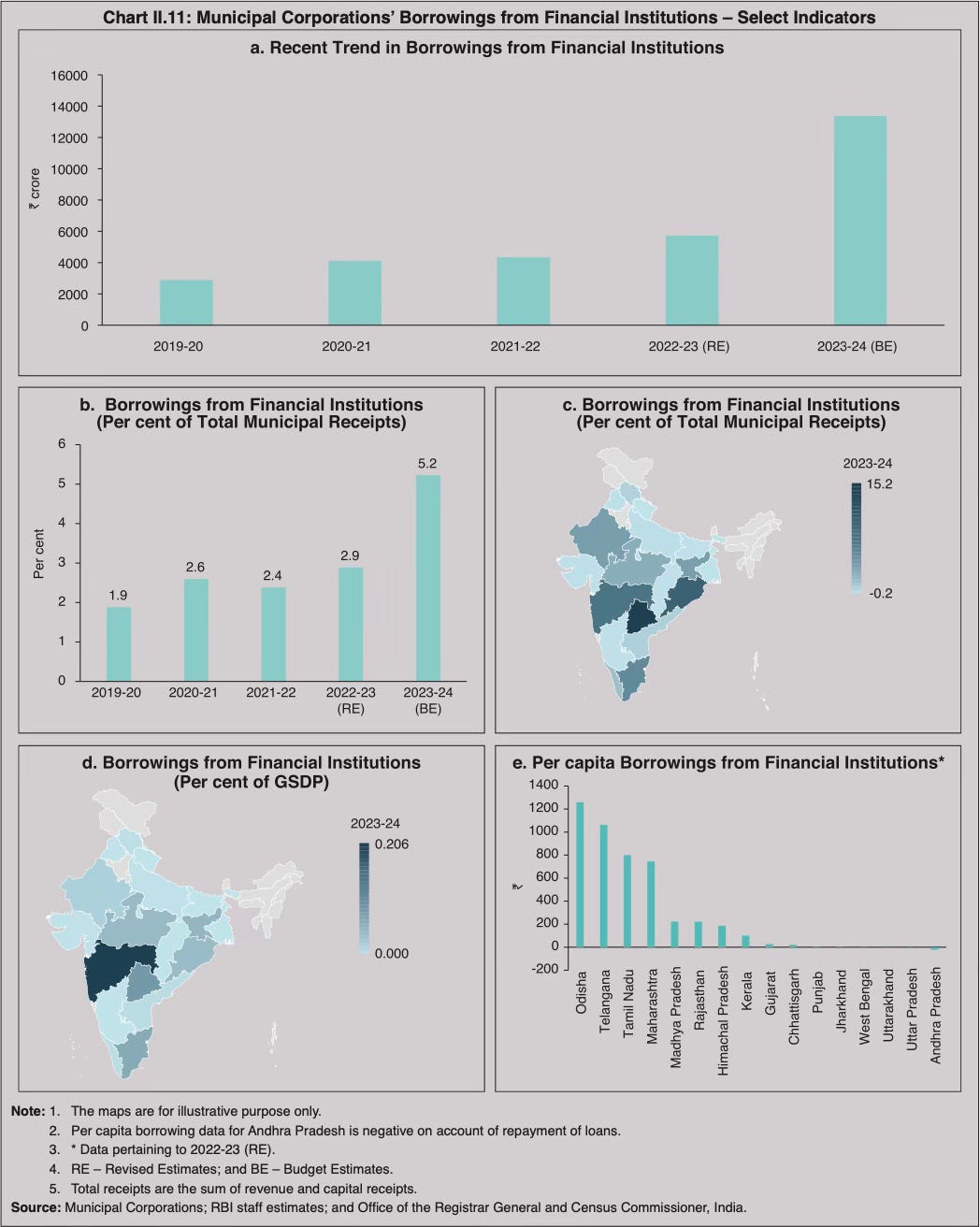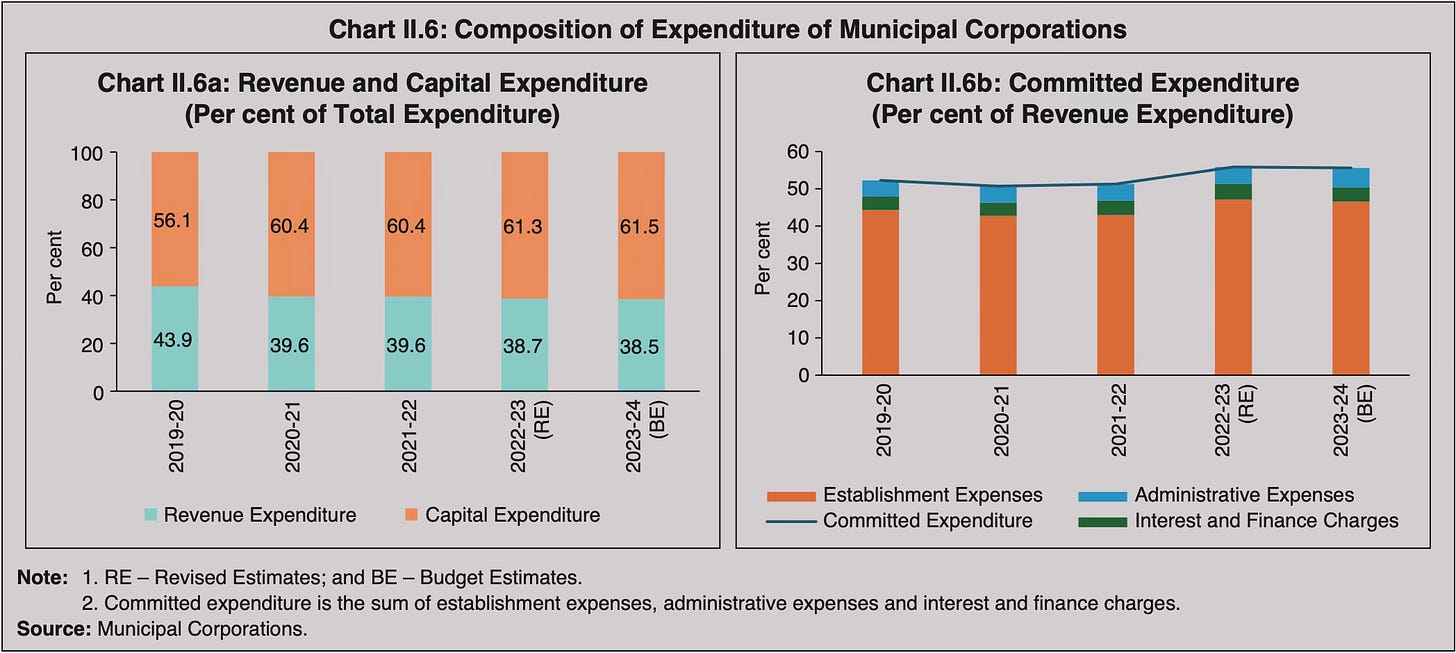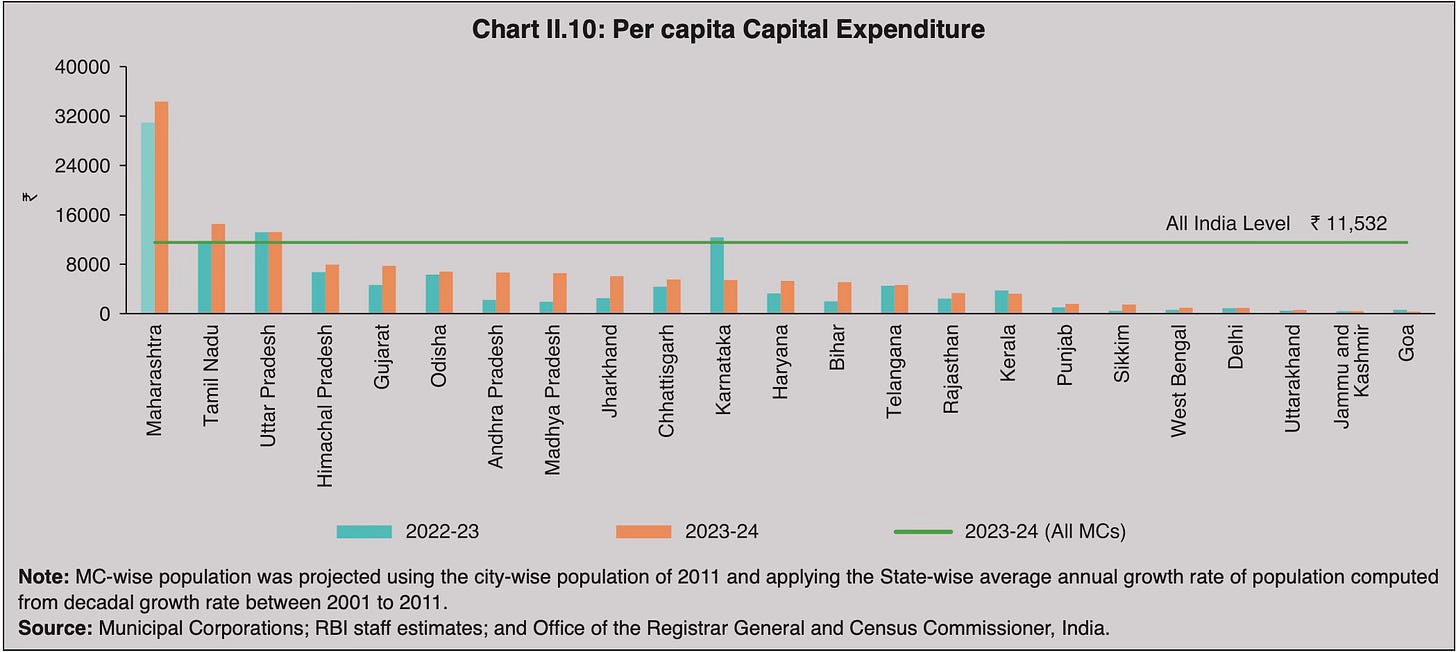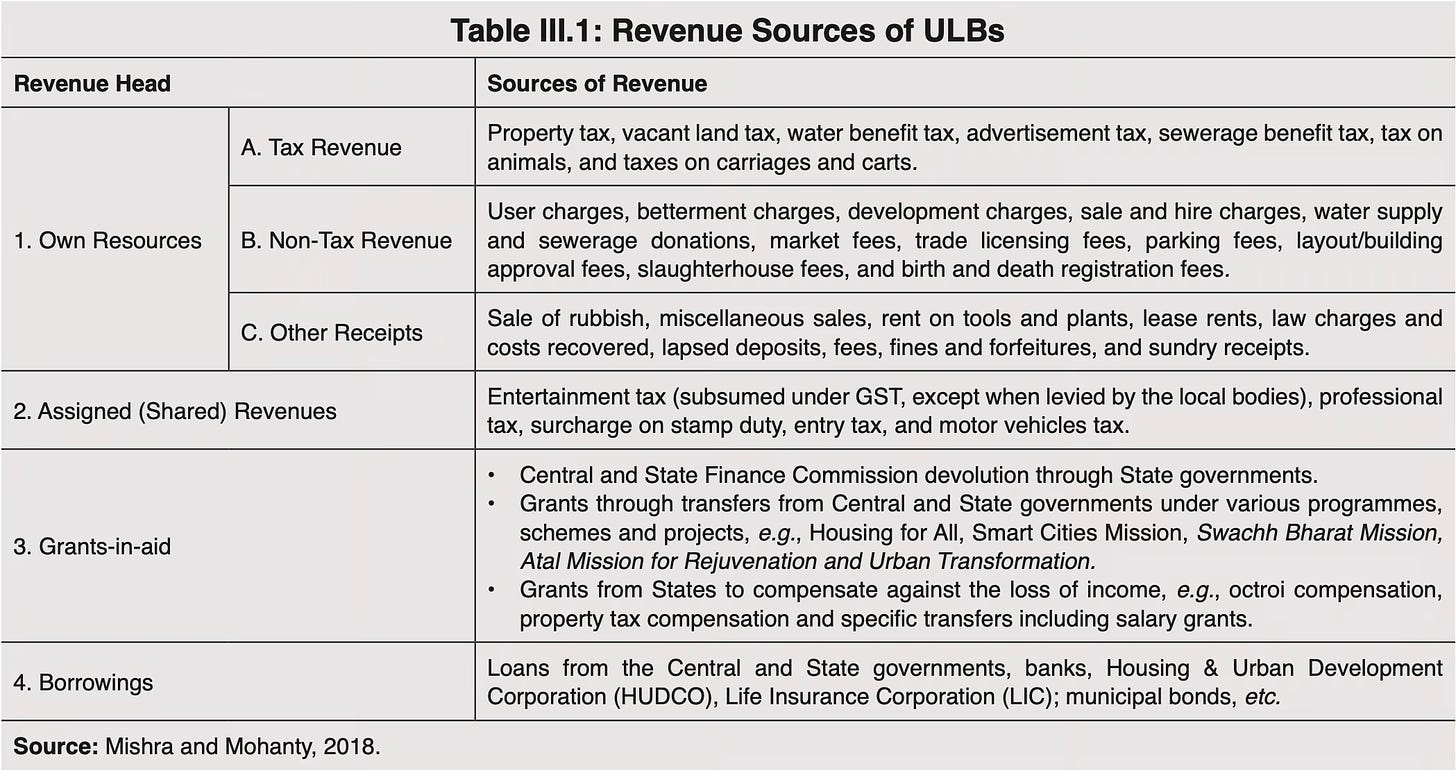Twenty-twenty hindsight is an analytical luxury — certainly one we didn’t have in January of 2021. Back then, we had millions of unemployed people. We had Covid deaths peaking. The economy was improving, but it was far from reopened. And vaccinations hadn’t been anywhere near adequately distributed. So the extent of uncertainty regarding the impact of Covid on the economy warranted a very strong rescue plan. And I don’t regret the plan. We certainly got more heat than I envisioned at the time, no question, but we also got a lot more growth, less child poverty, fewer evictions, more business survivals, and a much quicker return to full employment and very little economic scarring... I used to say, back then, “The risk of doing too little was greater than the risk of doing too much.”
2. NYT on the China risk that Elon Musk is riding on. In every industry Musk is in, his main competitors are the Chinese - EV, batteries, solar panels, boring machines, and satellite launches. Tesla is still awaiting permission in China for full-self driving, something which domestic competitors have already secured.
As an illustration, during President Xi's latest visit, SpaceSail, the state-backed Chinese satellite launch company, signed a deal with the Brazilian government to launch satellites for Brazil.
In terms of corporate risk, brand Elon Musk stands completely at the mercy of two forces he cannot control at all - Donald Trump and China. Worsening matters, the two conflict with each other at several points, making it tails he loses and heads the other side wins!
3. DHL and NYU have a Global Connectedness Tracker which gives a wealth of information.
4. EV car manufacturing in China
The business of car-making in China is far more promiscuous. Huawei has Seres-style alliances with three other major local manufacturers and presents itself as a provider of smart software, hardware and retail expertise that more traditional automakers can put on four wheels. It’s also joined forces with Anhui Jianghuai Auto Group Corp., or JAC, which manufactures cars for US-listed EV-maker Nio Inc., on a soon-to-be-released luxury people mover. Xiaomi is now making its SU7 in-house, but even there it initially tied up with BAIC Motor Corp. in developing it.
5. The problems with Trump's threat to tax Canadian imports.
“How do you compete with China if you price Quebec aluminum, Ontario cars, Saskatchewan uranium and Alberta oil prohibitively?” Flavio Volpe, the president of the Automotive Parts Manufacturers’ Association, a Canadian industry group said, citing some top Canadian exports to the United States. “Half of the cars made in Canada are made by American companies, and half of the parts that go into all the cars made in Canada come from U.S. suppliers, and more than half of the raw materials are from U.S. sources,” Mr. Volpe added. “We are beyond partners. We are almost as inseparable as family.”
6. China EV market facts
BYD, Tesla’s biggest rival in China, has demanded its suppliers slash prices by 10 per cent, as the world’s largest auto market braces for a fresh salvo in a cut-throat price war. The carmaker urged its suppliers to send over their quotes by December 15 and officially mark down prices starting next year, executive vice-president He Zhiqi wrote in an email circulated on social media on Wednesday. “In 2025, the EV market . . . will go into a grand final battle and a knockout tournament,” he said. “To enhance BYD cars’ competitiveness . . . you and your team must take it seriously and effectively exploit space for cost reduction”... “The rise of China’s auto industry cannot come at the expense of the livelihood of domestic workers and suppliers,” one supplier responded. “We are unable to accept your company’s request and unwilling to take part in this type of co-operation that violates business ethics and human nature.” In the first nine months of 2024, the average time BYD took to clear its bills payable, most of which were attributed to suppliers, was 144 days, longer than the 124 days a year earlier, according to company filings.
7. Claudia Sheinbaum is pushing ahead with radical reforms as the new President of Mexico.
During her first weeks in office, she has thrown her weight behind a package of López Obrador’s most controversial ideas, branded “Plan C”. Her first year in office will be spent implementing elections for judges, dismantling regulators and cementing the dominance of state companies in the energy sector... Mexico will be by far the biggest country to elect all its judges via popular vote, in a process Sheinbaum backed enthusiastically throughout the campaign, arguing that it would reduce corruption and make the distrusted judiciary more accountable... Together we are going to transform the judiciary, truly from the bottom, from the people of Mexico,” she said at a recent rally in Zacatecas. “What is democracy? The power of the people by the people and for the people.” Despite warnings from the US government, business leaders and lawyers that it would damage judicial independence and democracy, Sheinbaum pressed ahead.
But she has to preside in the long shadow of her predecessor and mentor Andres Manuel Lopez Obrador (AMLO)
Much of Morena’s leadership — in the party and congress — is seen as more loyal to its founder than to her, a profound risk as she faces a recall referendum three years into her six-year term.
8. As President designate Trump threatens a full-scale tariff war, here's a graphic pointing to who will likely be hurt the most.
There are many worthy academic studies of the Trump tariffs from 2018. While not the most riveting reads, they give a reasonably clear account of the evidence... The evidence suggests: US importers bore the vast majority of the cost of tariffs. Overall, for a 20 per cent tariff, the importer paid 18.9 per cent higher prices with the ex-tariff price reducing just 1.1 per cent. Tariffs were passed on to US importers much more than US exchange rate depreciations, where contracts tend to be fixed for a period in dollars... While US importers paid, these costs were not always passed on directly to US consumers. Washing machines were a bit of an exception where prices rose. In other areas, prices barely increased. It is less certain whether retailers spread the tariff effect over multiple goods, margins were squeezed or products were bought ahead of tariffs being imposed... The incidence of US tariffs clearly appears to fall on the US corporate sector, with it then passed on to households in a combination of lower profits, higher prices and lower wages.
9. We are not yet at peak fossil fuel emissions.
In spring 2009, Beijing’s state council, the country’s top decision-making body, set an ambitious target: Shanghai would become an international financial centre by 2020... More than 15 years after China pledged to turn Shanghai into an international financial centre, the port city has failed to live up to its early promise... American law firms, once participants in huge cross-border financial flows, have left the city as foreign investment plummets. No western bank has participated in a single IPO on Shanghai’s stock market this year, and, in a domestically-focused market, the need for foreign staff is increasingly unclear. Asset management firms that flocked to the city in the hope of a loosening of China’s capital controls must reckon with the prospect that Beijing will tighten them instead.
11. Important point about Tamil Nadu's manufacturing base
Tamil Nadu has been pursuing a policy of creating multiple electronics manufacturing clusters across the state rather than locating them in one area. Apart from Sriperumbudur, it is creating a cluster near Tiruchirappalli where Jabel Inc, an American electronics major, will set up a production facility. Coimbatore, the minister said, will focus on electronics and semiconductor design. Madurai, meanwhile, is being prepped to house large global capability centres.
12. For all punditry around what to expect from the Trump White House, Alan Beattie has, in my opinion, the best assessment.
If you enjoy watching narratives disintegrate and re-form like crystals in a supersaturated solution, you’ll have loved the last few days in Washington... The value of palace politics in analysing the Trump administration will be strictly limited. The economic and trade team will be a gaggle of vying courtiers under an erratic president motivated by instinct and prejudice. This was, after all, exactly what we got during Trump’s first term. This time, his compulsion to listen to voices outside that circle urging him to deport foreign-born workers or pursue security goals even if they damage the US economy will be even stronger. It’s more productive to look at what powers the administration has and what it can get done if it tries... As in Hollywood, nobody knows anything. The one pretty safe bet is that Trump will use tariffs over the next four years. But it is very unclear how they might be employed, or for what end, or what other economic and financial tools might also be deployed, or whom he will be listening to at any given time. This week is a warning to anyone who thinks they have the Trump administration all figured out. They do not.



